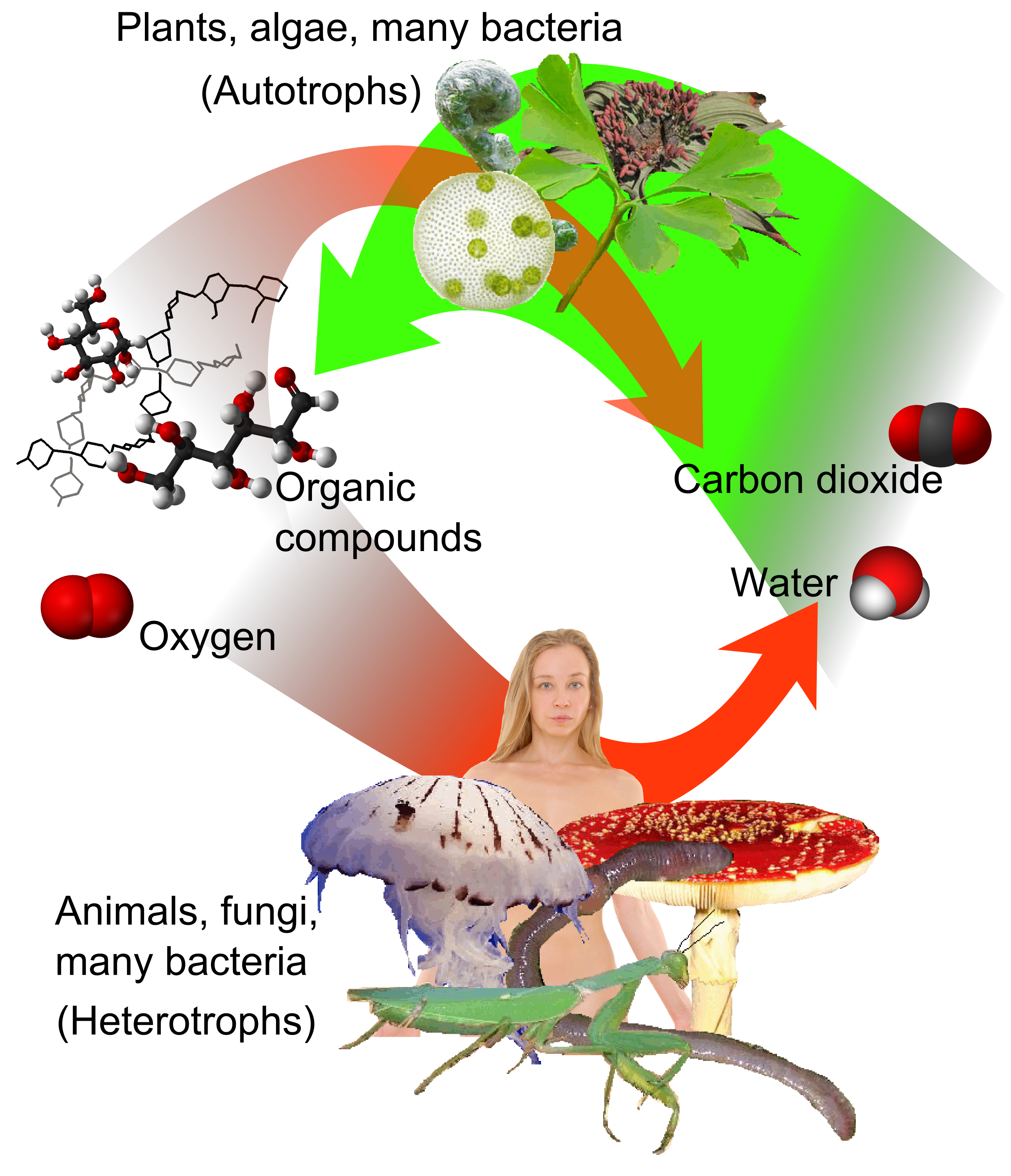Levels of organization

Properties of life
- Order – organisms are complicated assemblages of molecules and give rise to higher level organization while interplaying with other organisms and abiotic factors in the environment
- Sensitivity or Response to Stimuli – organisms interact and react to their environment to gather resources and evade damage
- Reproduction– all organisms reproduce, even at the individual cellular level
- Growth and development – organisms follow directions set forth by genetic information in DNA
- Homeostasis – the ability of an organism to maintain consistent internal conditions
- Energy Processing – All energy on Earth derives from the solar radiation. The ability to capture this by autotrophs (self-producers of energy) allow for the transformation of chemical energy for heterotophs (feeder from others)




